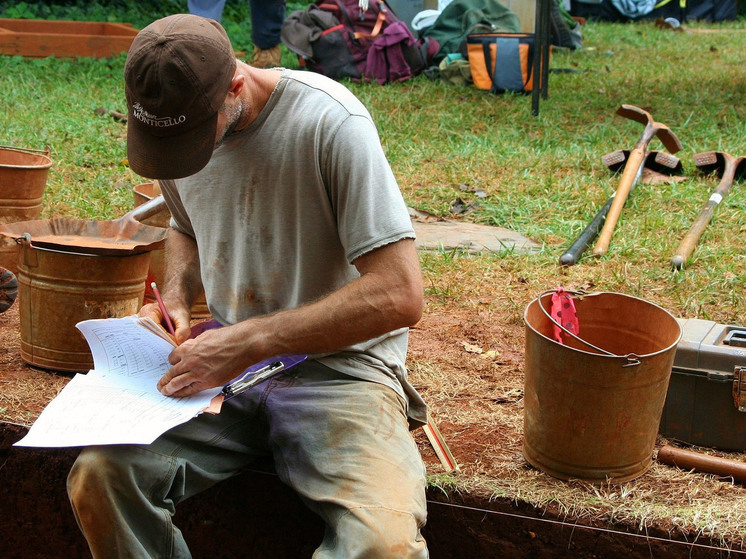A new archaeological sensation will help to understand the history of the Scandinavian countries
Archaeological finds are often made in Norway, which is primarily due to the rich history and low population of the country. This time, a unique gold bracelet was discovered, according to the largest Norwegian broadcasting company NRK.

The rare find, made in Inderøy in the Norwegian region of Trøndelag, is an amazing example of jewelry art. This bracelet is made from a single piece of gold and is twisted in a spiral. The ends of the bracelet have “tips” — stripes are “forged” on the rod, and the ends themselves are smooth.
“Discoveries like this happen very rarely,” says Harald Bugge Midtiel, senior councilor for the municipality of Trøndelag.
It is reported that only two similar decorations were previously found in Norway. Perhaps it was a “special gift.” Let us remember that in ancient times, hryvnias and hoops served not only as decorations, but also as “money”, which, if necessary, could be cut into pieces. In addition, according to the beliefs of distant eras, if a king or leader gave his bracelet to a subject or warrior, he also transferred a piece of his wealth and success.
An ancient piece of jewelry was discovered in a field on the island of Sund in Inderøy. The bracelet was found by Ingar Carlsen, one of many enthusiasts in the area who go searching for treasures using a metal detector. In Norway, it is strictly regulated by law what a person must do if a treasure or historical artifact is found. In this case, everything was done according to the rules. “He contacted us as soon as he made the discovery,” says senior adviser Midtiel. He emphasized that only two such hoops had previously been found — in Avaldsnes on Karmøy and Hodna on Jären. Both were found in large burial mounds of noble people. Archaeologists also found bronze weapons there.
Thanks to previous finds, the found bracelet can be attributed and dated to the beginning of the Bronze Age, that is, the interval between 1700–1100 BC.
Scientists believe that these bracelets could have been gifts to Norwegian nobles from the ruling chiefs in Denmark. Midtjel explains “that the fact of finding such a hoop in Trøndelag is unique, since most jewelry of this type was discovered in Denmark. And this shows that people could travel to Trøndelag and bring gifts from the southwest of Denmark.”
The senior adviser also recalled that all finds older than 1537, coins older than 1650 and Sami finds older than 1918 are the property of the Norwegian state, and the finder is obliged to hand over the artifact to the authorities. The National Archives will then consider paying rewards to finders and landowners. Sunda in Inderøy used to have many mounds, but over the years some of them have disappeared from the face of the earth or been looted. Today, 23 ancient burial sites are known in this area of Trøndelag, most of which are located along a powerful mountain range.
“In 1967, the burial of 22 people from the Bronze Age was found here.. The recently discovered bracelet can be dated to the same period as and finds from 1967, and was probably in a grave similar to those found at Jerene and Avaldsnes. Who the valuable bracelet belonged to can only be speculated,” says Harald Bugge Midtiel.
Jewelry, large burials and a mass grave may indicate a society with emerging social inequality. And this gives scientists reason to assume that even then there was already a rich leader in this area who could have received such a bracelet in a war with a neighboring country. Although there is also a version that the bracelet belonged to a person to whom it was presented for some merit.
And the rare object found is sent to Trondheim. There it will be given to the Science Museum.























































Свежие комментарии